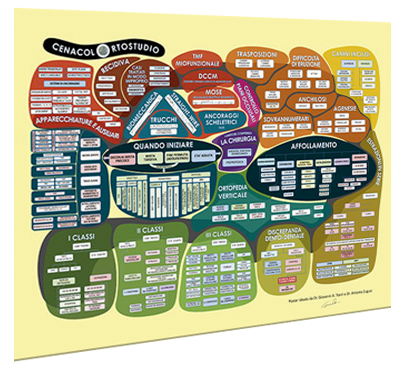Volume a10 Personal computer – Una guida per l’Odontoiatra e l’Ortodonzista
Il prezzo originale era: 45,00€.41,00€Il prezzo attuale è: 41,00€.
Personal computer – Una guida per l’Odontoiatra e l’Ortodonzista- vol.10
Il libro non spiega quindi come usare il computer, ma definisce opportunità e limiti di utilizzo, indicando come orientarsi nella scelta degli strumenti adatti alla professione odontoiatrica.
- AUTORI: NUCCI S. – PERILLO NUCCI L. – FERRO F.
- NUMERO PAGINE: 110
- ILLUSTRAZIONI: 60 illustrazioni a colori
- RILEGATURA : BROSSURA
Descrizione
Personal computer – Una guida per l’Odontoiatra e l’Ortodonzista-vol.10
Il libro non spiega quindi come usare il computer, ma definisce opportunità e limiti di utilizzo, indicando come orientarsi nella scelta degli strumenti adatti alla professione odontoiatrica.
INDICE
PREFAZIONE
1. INTRODUZIONE
2. L’APPROCCIO AL COMPUTER
3. IL PC NELLO STUDIO ODONTOIATRICO
4. I CAMPI DI APPLICAZIONE
4.1. Il Word Processor
4.2. Il Database
4.3. Il Foglio Elettronico
4.4. La gestione delle immagini
4.5. La comunicazione
4.6. Lavorare in rete
5. EVOLUZIONE DEL PC
6. L’HARDWARE
6.1. Il Processore
6.2. La Scheda Madre
6.3. La Memoria6.3.1. La Memoria Principale
6.3.2. La Memoria di Massa6.3.2.1. Le unità Magnetiche
6.3.2.1.1. Il Floppy Disk Driver
6.3.2.1.2. L’Hard Disk Driver
6.3.2.1.3. Le unità a cartucce o dischi
6.3.2.1.4. Le unità a nastro
6.3.2.2. Le unità Ottiche
6.3.2.2.1. Il CD-ROM
6.3.2.2.2. Il CD-R
6.3.2.2.3. Il CD-RW
6.3.2.2.4. Il PD-CD
6.3.2.2.5. Il DVD
6.3.2.2.6. Il DVD-RAM6.3.2.3. Le unità Magneto-ottiche
6.4. La Tastiera
6.5. Il Mouse
6.6.Il Microfono
6.7. Il Case
6.8. L’Interfaccia
6.9. La Scheda Audio
6.10. La Scheda Video
6.11. Il Monitor
6.12. Il Modem
6.13. La Stampante
6.14. Lo Scanner
6.15. La Fotocamera e la Telecamera
6.16. La scheda di rete
7. I NOTEBOOK
8. GUIDA NELLA SCELTA DEL COMPUTER
9. IL SOFTWARE
9.1. I Sistemi Operativi
9.2. Gli applicativi per l’Odontoiatria
10. GLOSSARIO




